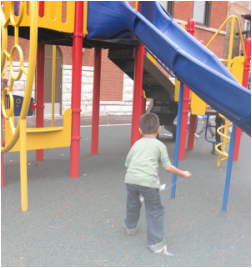
Not all the problems we face involve technologies we need. Sometimes, we face the problems of being unhappy or bored. Engineers not only design solutions that meet our needs, but they also help us satisfy our wants.
Kindergartners learned to distinguish between needs and wants while continuing to explore different materials and their properties.
Since Kindergartners have designed a technology to meet a need (houses), our next steps will be to design a technology to satisfy a want--a playground!
Using various everyday materials, Kindergartners designed model playgrounds where one piece of playground equipment needed to remain stationary, and another piece needed to move. Connecting their learning to science, students created equipment that moved in a straight light, in a back-and-forth motion, or in a circular path.
Kindergartners learned to distinguish between needs and wants while continuing to explore different materials and their properties.
Since Kindergartners have designed a technology to meet a need (houses), our next steps will be to design a technology to satisfy a want--a playground!
Using various everyday materials, Kindergartners designed model playgrounds where one piece of playground equipment needed to remain stationary, and another piece needed to move. Connecting their learning to science, students created equipment that moved in a straight light, in a back-and-forth motion, or in a circular path.
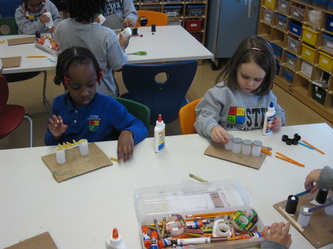
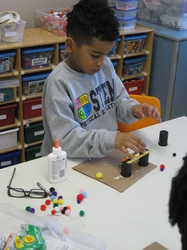
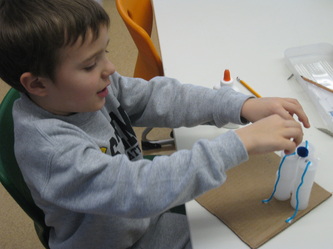
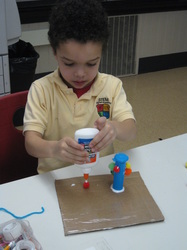
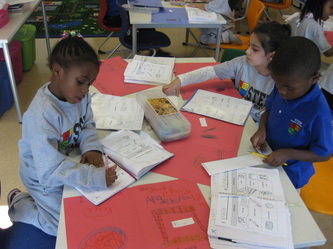
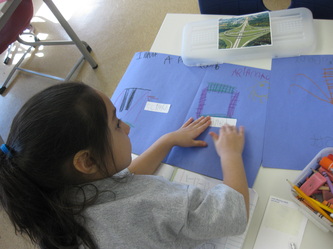
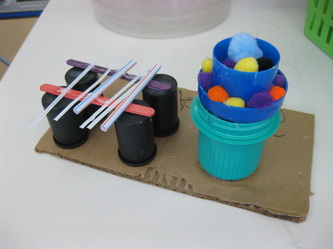
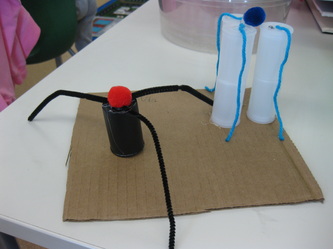
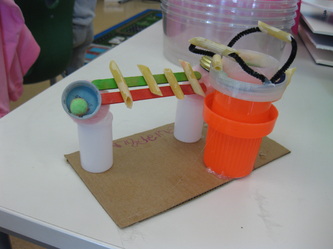
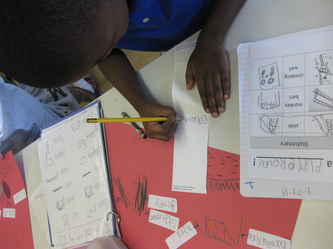
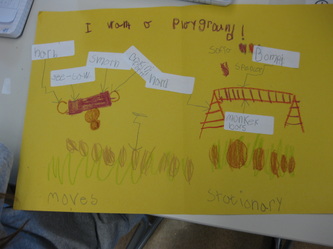
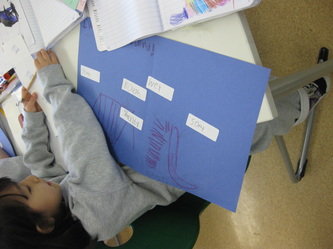
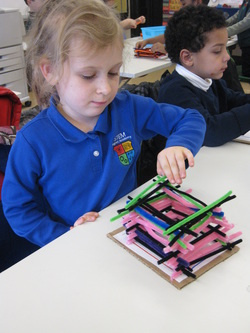
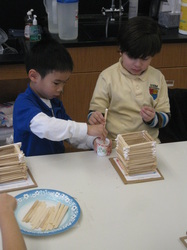
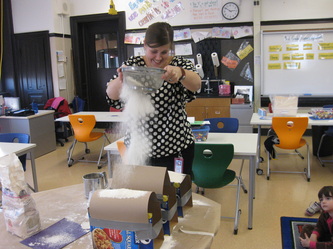
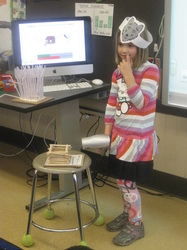
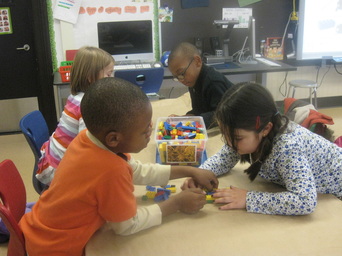
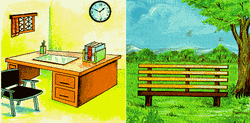
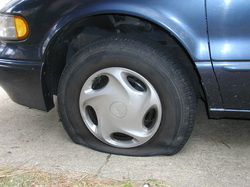
 RSS Feed
RSS Feed